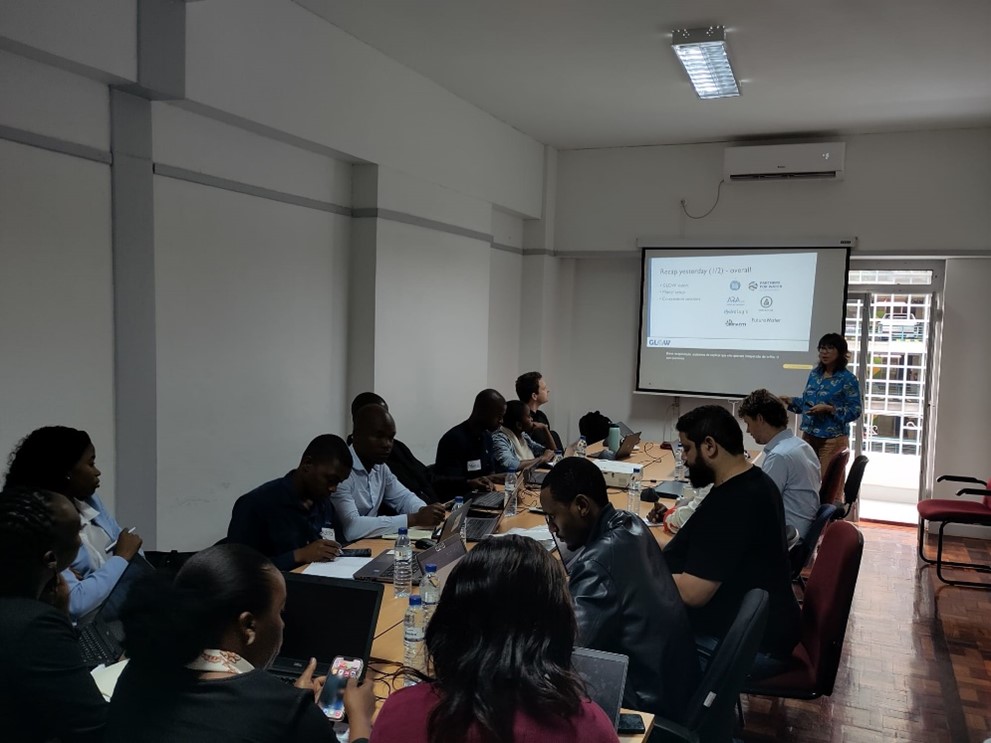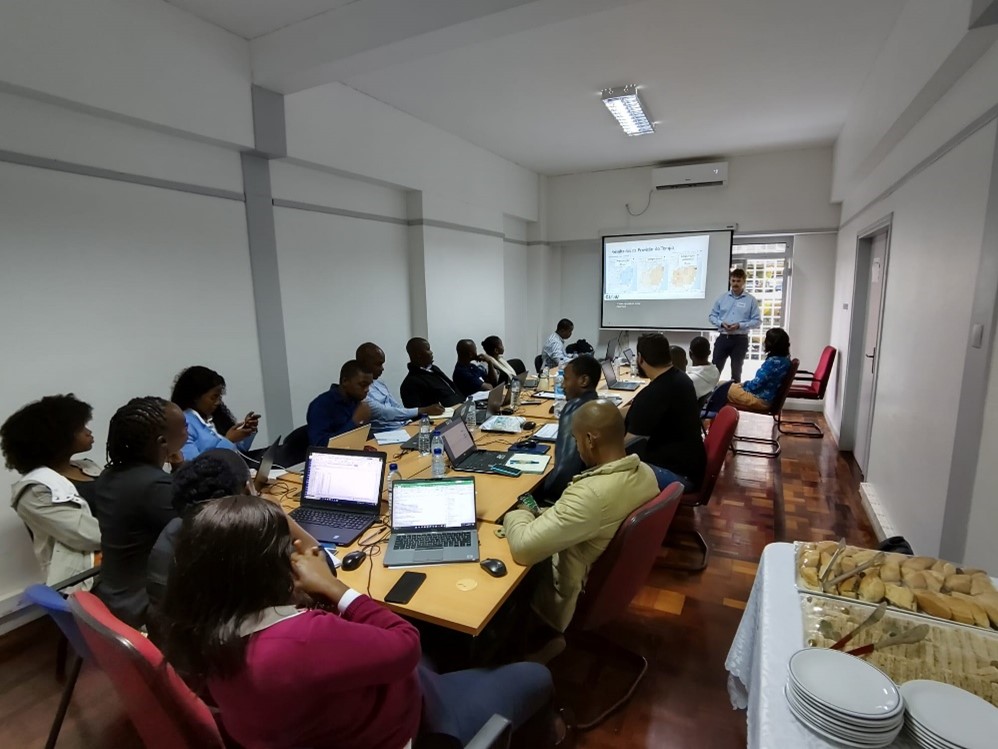Last two weeks, the GLOW project held a roadshow through Mozambique, Eswatini, and South Africa presenting the innovative water management solution GLOW to local stakeholders. By combining weather forecasts, hydrological, and water resource modelling, together with visualisation tools, the GLOW service addresses transboundary water challenges, enhances water security, and provides actionable water management advice in the transboundary Maputo and Umbuluzi River Basins.
The GLOW team, composed of FutureWater, Hydrologic, and Emanti Management, recently completed a roadshow to present the progress and advancements of the ‘GLObal Water Availability Forecasting Service to Support Water Security’ (GLOW) project. The roadshow demonstrated how GLOW integrates weather forecasts, hydrological, and water resource modelling, together with visualisation tools to address the challenges of water availability and demand in the transboundary Maputo and Umbuluzi River Basins. Piloted with the support of the Partners for Water programme of RVO and Blue Deal Mozambique, the project focuses on scalable solutions that strengthen regional water security and governance.
GLOW addresses challenges in transboundary water resources management, which are increasingly complicated by climate change-driven droughts, flooding, and rising water demands. By integrating hydrological models such as PCR-GLOBWB and the water allocation model WEAP with meteorological forecasts, GLOW delivers accurate forecasts of water availability and demand. These forecasts, ranging from short-term (10 days) to seasonal (6 months), provide stakeholders, including water managers, dam operators, and decision-makers, with early warnings for droughts, floods, and actionable water allocation advisories. Delivered through the HydroNET platform, GLOW’s forecasts are easily accessible via user-friendly dashboards and reporting tools, helping support both operational and strategic water management across the region. The pilot demonstrates GLOW’s potential to improve water management by simulating a variety of user-defined management scenarios, highlighting the system’s role in supporting transboundary water governance and achieving SDGs 2, 6, and 13.
From the inception of the project, GLOW has been developed with involvement from the stakeholders in the Maputo and Umbuluzi River Basins, including the Joint River Basin Authorities (JRBA) of Eswatini, Mozambique’s Regional Administration of Waters in the South (ARA-Sul), National Directorate of Water Resources Management (DNGRH) and South Africa’s Inkomati-Usuthu (IUCMA) and Pongola-Umzimkhulu (PUCMA) Catchment Management Agencies. Through user requirements sessions, the varying needs of these authorities were mapped to ensure that GLOW is tailored to their specific challenges. The recent roadshow served as a platform to present the project’s progress, share key findings, and engage in open discussions about further enhancements. This ongoing dialogue is crucial for ensuring its alignment with the needs of water authorities and maximizing its impact in addressing real-world water security challenges.






